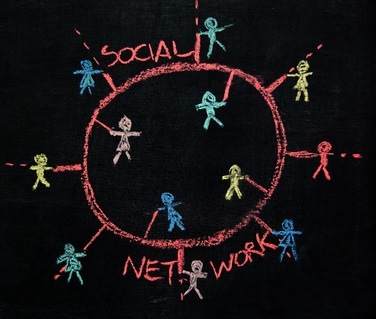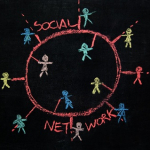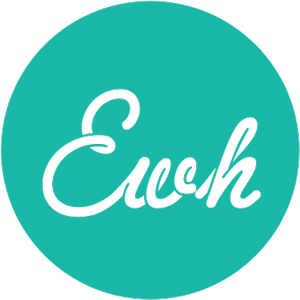
Social Networking 101 for Children’s Book Authors
 This topic is WAAAYYY too big for one little blog post (which is why it’s a 101 as opposed to a 500). That said, for those of you who are wondering if social networking applies to children’s book authors, the answer is a resounding YES. These days, if you’re not leveraging the power of social networking, you’re not marketing. The scope and strength of social networking is HUGE – and, for the most part, it’s free.
This topic is WAAAYYY too big for one little blog post (which is why it’s a 101 as opposed to a 500). That said, for those of you who are wondering if social networking applies to children’s book authors, the answer is a resounding YES. These days, if you’re not leveraging the power of social networking, you’re not marketing. The scope and strength of social networking is HUGE – and, for the most part, it’s free.
The following is some basic information on social networking for children’s books… but the field is morphing so fast, that there are scores more opportunities in this area out there that even I don’t know about… so I hope those of you who are using these resources will take the time to comment and share what you know.
The prime social networking sites these days are Facebook, Twitter and LinkedIn. (If you’re a YA writer, then MySpace is also worthwhile.) The real power comes from connecting these sites to each other (or to your blog), so that you need only post information in one place and it goes out to all of them. One way to do this is through Ping.fm – though you will also find ways on the sites themselves to connect with eachother.
Here’s the basic info:
1) Facebook is the most used social network worldwide. Users maintain a database of friends and update their personal profiles to notify friends about their activities. Users can also join special interest networks and groups, and become ‘fans’ of certain pages (such as the Society of Children’s Book Writers and Illustrators.) If you are a published author, you need to have not only a basic Facebook identity but also a Facebook fan page, in order to separate your friends from your fans. You can then link these to your Twitter account…
2) Twitter is a social networking/microblogging service, through which users send (and read) messages known as tweets. Tweets are brief updates of up to 140 characters, displayed on the author’s profile page and delivered to the author’s subscribers, known as followers. ‘Tweeting’ means posting regular news updates about your activities to your followers. This can be purely social, or it can be a powerful marketing tool – a way to build your list, and get your followers to come to your events, buy your book, etc. Bear in mind that, if you are a children’s book author, you need to be selective as to who you allow to become a follower. I have had the experience of allowing anyone to follow my tweets, then looking more closely at a follower’s icon or identity and discovering they were clearly somebody with a different agenda. You want to be sure your followers are authentically interested in children’s literature. The way to do that is to click back through to a would-be follower’s profile before you approve them as a follower. This way you can see what their information says about them.
3) LinkedIn is a business-oriented social networking site, in which users maintain a list of people they know and trust in business (called Connections). This list creates a network that consists of direct connections, the connections of each of their connections, and the connections of second- and third-degree connections (talk about six degrees!), which can then be used to explore news, jobs, and business opportunities. LinkedIn users can also join groups (such as “Childrens Publishing” or “SCBWI Members”) for news and networking with like-minded business colleagues.
4) Other Sites – There are a few other key sites for children’s book authors. Among them are JacketFlap, SCBWI.org, WritersDigest.com, and MediaBistro.com. Each of these sites requires the user to create a profile, and affords unique opportunities for users to connect and network with one another, posting and promoting news items.
Bear in mind that social networking is only as good as your profile on each site: how complete and detailed it is, and how often you update it. It is also time consuming. For those of us looking for excuses to avoid writing, it’s a really good distraction. Because I manage Facebook and Twitter sites relative to my own stuff as well as the Julie Andrews Collection and Southampton Children’s Literature Conference, I have to give myself goals in terms of how many tweets or posts I make a week or a month relative to each of these things in order to avoid drowning in the details.
That said, there is no doubt that there is no better – or cheaper – way to build your list, or to market yourself, or your product, than to utilize this powerful resource.
